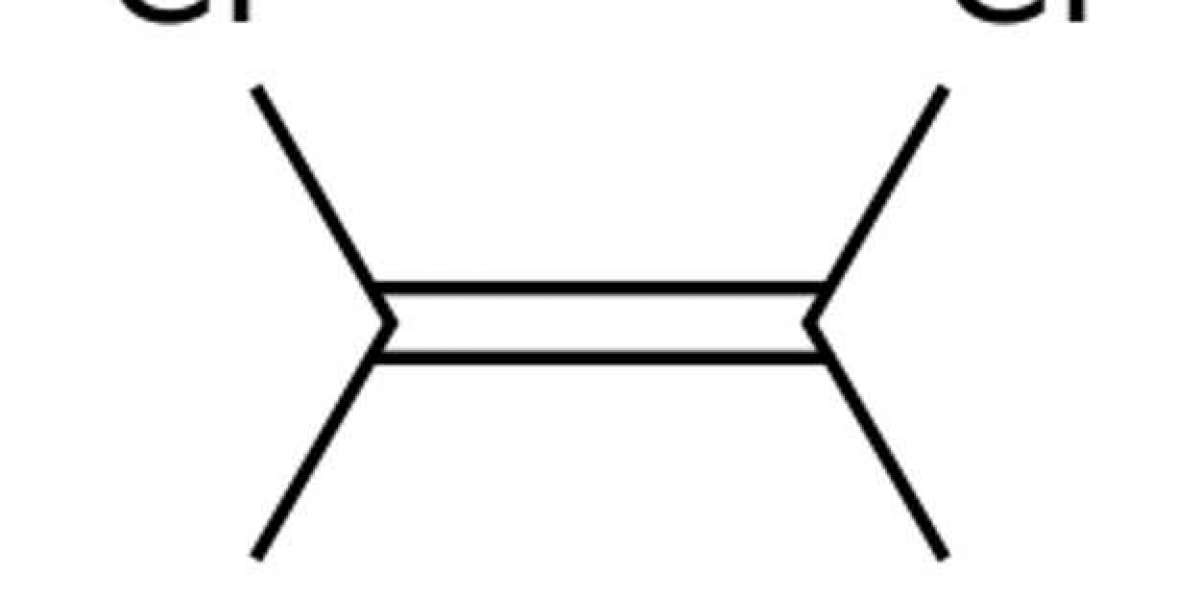What is Tetrachloroethylene?
Tetrachloroethylene is a manufactured chemical that is widely used in the dry-cleaning of fabrics, including clothes. It is also used for degreasing metal parts and in manufacturing other chemicals. Tetrachloroethylene is found in consumer products, including some paint and spot removers, water repellents, brake and wood cleaners, glues, and suede protectors. Other names for tetrachloroethylene include PERC, perchloroethylene, and PCE. Tetrachloroethylene is a commonly used name and will be used in the rest of the fact sheet.
tetrachloroethylene is a nonflammable, colorless liquid at room temperature. It readily evaporates into air and has an ether-like odor. Because most people stop noticing the odor of tetrachloroethylene in air after a short time, odor is not a reliable warning signal of tetrachloroethylene exposure.
How Can I Be Exposed to tetrachloroethylene?
People may be exposed to tetrachloroethylene in air, water, and food. Exposure can also occur when tetrachloroethylene or material containing tetrachloroethylene (for example, soil) gets on the skin. For most people, almost all exposure is from tetrachloroethylene in air.
Tetrachloroethylene gets into outdoor and indoor air by evaporation from industrial or dry-cleaning operations and from areas where chemical wastes are stored or disposed. People living in homes located near these operations may be exposed to higher levels of tetrachloroethylene than the general population not living near such operations. Groundwater near these areas may become contaminated if tetrachloroethylene is improperly dumped or leaks into the ground. People may be exposed if they drink the contaminated water. They also may be exposed if tetrachloroethylene evaporates from contaminated drinking water into indoor air during cooking and washing. Tetrachloroethylene may evaporate from contaminated groundwater and soil into the indoor air of buildings above the contaminated area. Tetrachloroethylene also may evaporate from dry-cleaned clothes into indoor air or may get into indoor air after tetrachloroethylene-containing products, such as spot removers, are used. Indoor air tetrachloroethylene levels may get high if tetrachloroethylene-containing products are used in poorly ventilated areas.
How Does Tetrachloroethylene Enter and Leave my Body?
When people inhale air containing tetrachloroethylene, the tetrachloroethylene is taken into the body through the lungs and passed into the blood, which carries it to all parts of the body. A large fraction of this tetrachloroethylene is exhaled, unchanged, through the lungs into the air. Some of this tetrachloroethylene is stored in the body (for example, in fat, the liver, and the brain) and some is broken down in the liver to other compounds and eliminated in urine. Tetrachloroethylene can also be found in breastmilk. Once exposure stops, most of the tetrachloroethylene and its breakdown products leave the body in several days. However, it may take several weeks for all of the tetrachloroethylene and its breakdown products to leave the body.
What Kinds of Health Effects Can Be Caused By Exposure to Tetrachloroethylene in Air?
In humans, tetrachloroethylene may affect the central nervous system, the liver, kidneys, blood, immune system, and perhaps the reproductive system. The available data are insufficient to draw conclusions regarding effects of tetrachloroethylene exposure on development in infants and children.
For all health effects, the potential for an increased health risk depends on several factors, including the amount of exposure, the frequency of exposures, and the duration of the exposures. It also depends on the characteristics of the exposed person, such as age, sex, diet, family traits, lifestyle, genetic background, the presence of other chemicals in their body (e.g., alcohol, prescription drugs), and general state of health. Although difficult to quantify, these differences can affect how people will respond to a given exposure. This is known as sensitivity. Differences in sensitivity should be kept in mind when reading the following information on the human health effects of tetrachloroethylene.








